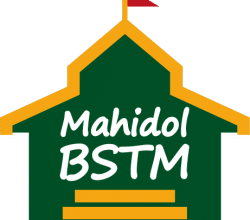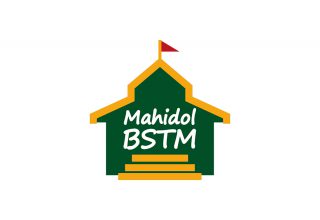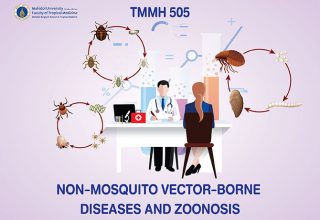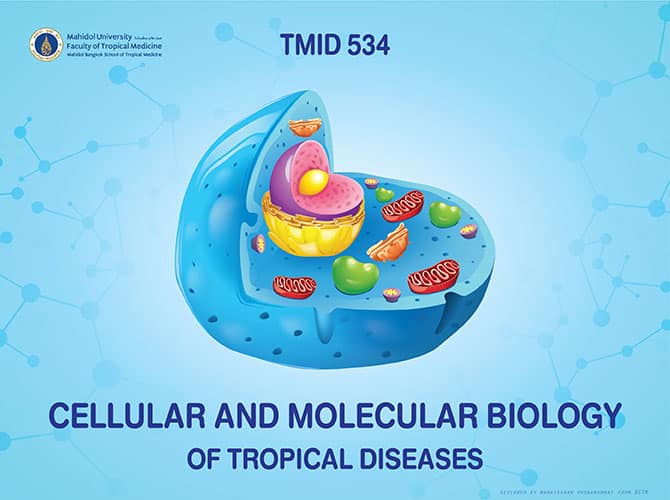Course Description
Cell structures and functions including cell regulation, cell specialization and parasitic cells as well as the basic and applications of molecular biology techniques in tropical medicine.
Course Goals
This course aims to provide students with fundamental in cell structures and functions, cell recognition, cell specialization and parasitic cells, basic and applications of molecular biology techniques in tropical medicine. Students should be equipped with knowledge or benefits of various molecular tools to appropriately read and interpret the scientific issues.
Course Objectives
- Understand the discipline of cellular and molecular biology including principal concepts, and their current application in tropical medicine
- Apply proper molecular techniques for scientific researches
- 28 Sections
- 36 Lessons
- 30 Weeks
Expand all sectionsCollapse all sections
- Handout & Zoom Record2
- TMID 534 All VDO1
- TMID534-1 Introduction to TMID5341
- TMID534-2 Prokaryotic cells1
- TMID534-3 Eukaryotic cells1
- TMID534-4 Stem cells and immunocompetent cells1
- TMID534-5 Parasitic cells (Single living cell)1
- TMID534-6 Macromolecules1
- TMID534-7 Endoplasmid recticulum, golgi apparatus1
- TMID534-8 Mitochondria, peroxisome1
- TMID534-9 Cytoplasm, cell membrane and extracellular matrix1
- TMID534-10 Cell cycle1
- TMID534-11 Molecular trafficking of cells1
- TMID534-12 Cell adhesion1
- TMID534-13 Cell signaling and apoptosis2
- TMID534-15 Basic molecular biology: fundamental of life2
- TMID534-16 Genetic information: Central Dogma1
- TMID534-17 DNA replication, repair and recombination2
- TMID534-18 TMID534-18 DNA transcription1
- TMID534-19 TMID534-19 DNA translation and post translation1
- TMID534-20 Control of Gene expression2
- TMID534-21 Molecular biology techniques: PCR and DNA sequencing3
- TMID534-22 Molecular application I: diagnosis1
- TMID534-23 Molecular application II: Vaccine and therapy2
- TMID534-24 Molecular epidemiology and typing1
- TMID534-25 Genetic diseases and host susceptibility: application2
- TMID534-26 Bioinformatics in tropical medicine1
- TMID534 Examination0





2 Comments
How to assess molecular genotyping to distinguish between recrudescences and new infections in treatment trials of Plasmodium falciparum malaria?
Conventional nested-PCR detection is a tool that is often used to tell the difference between reinfection and recrudescent parasites. In a nested-PCR, sequence-specific primers are used to make copies of the genes that code for the surface antigen loci of merozoite surface protein 1 and 2 (msp1,msp2) and glutamate rich protein (glurp) (WHO, 2007).